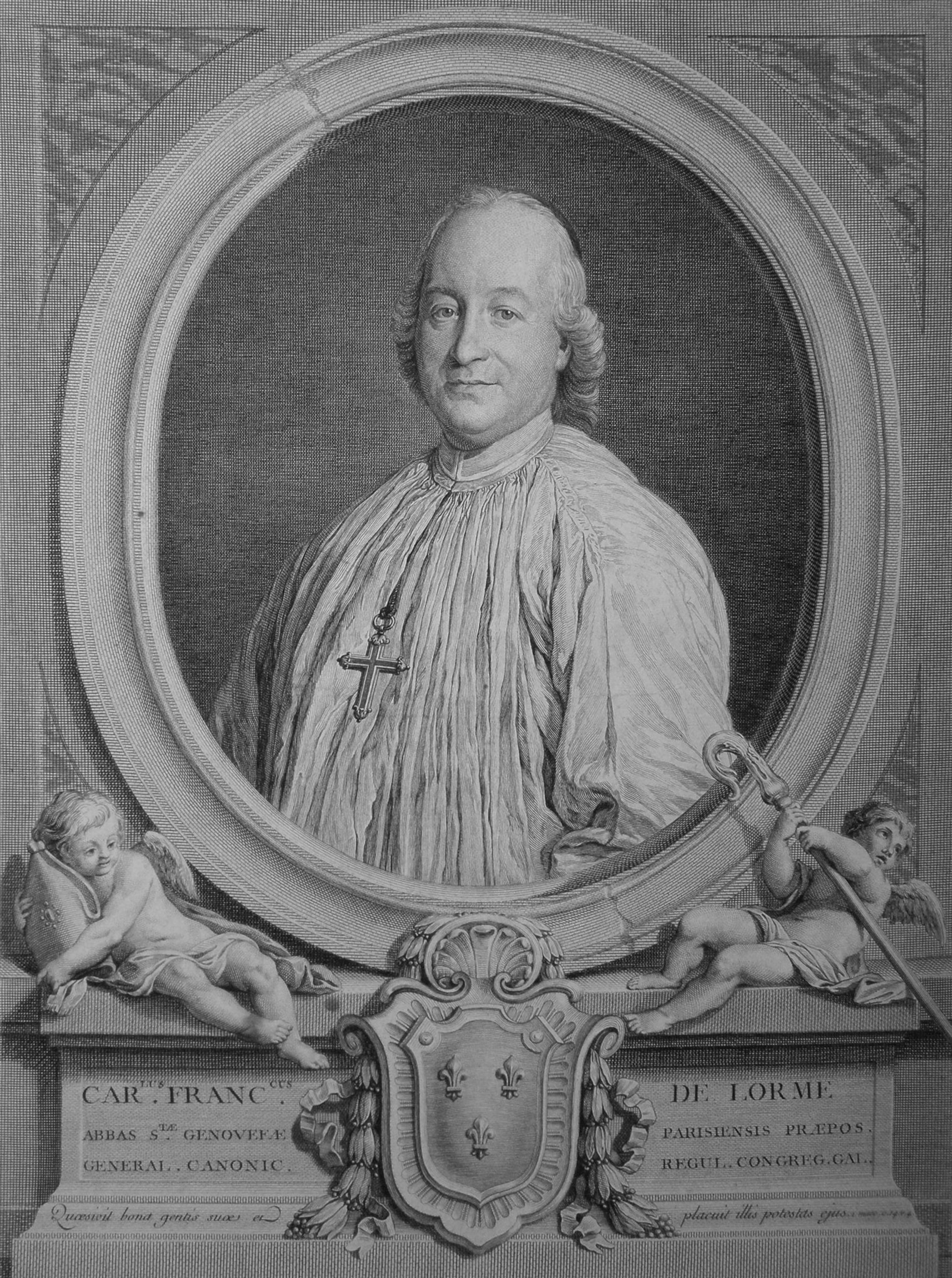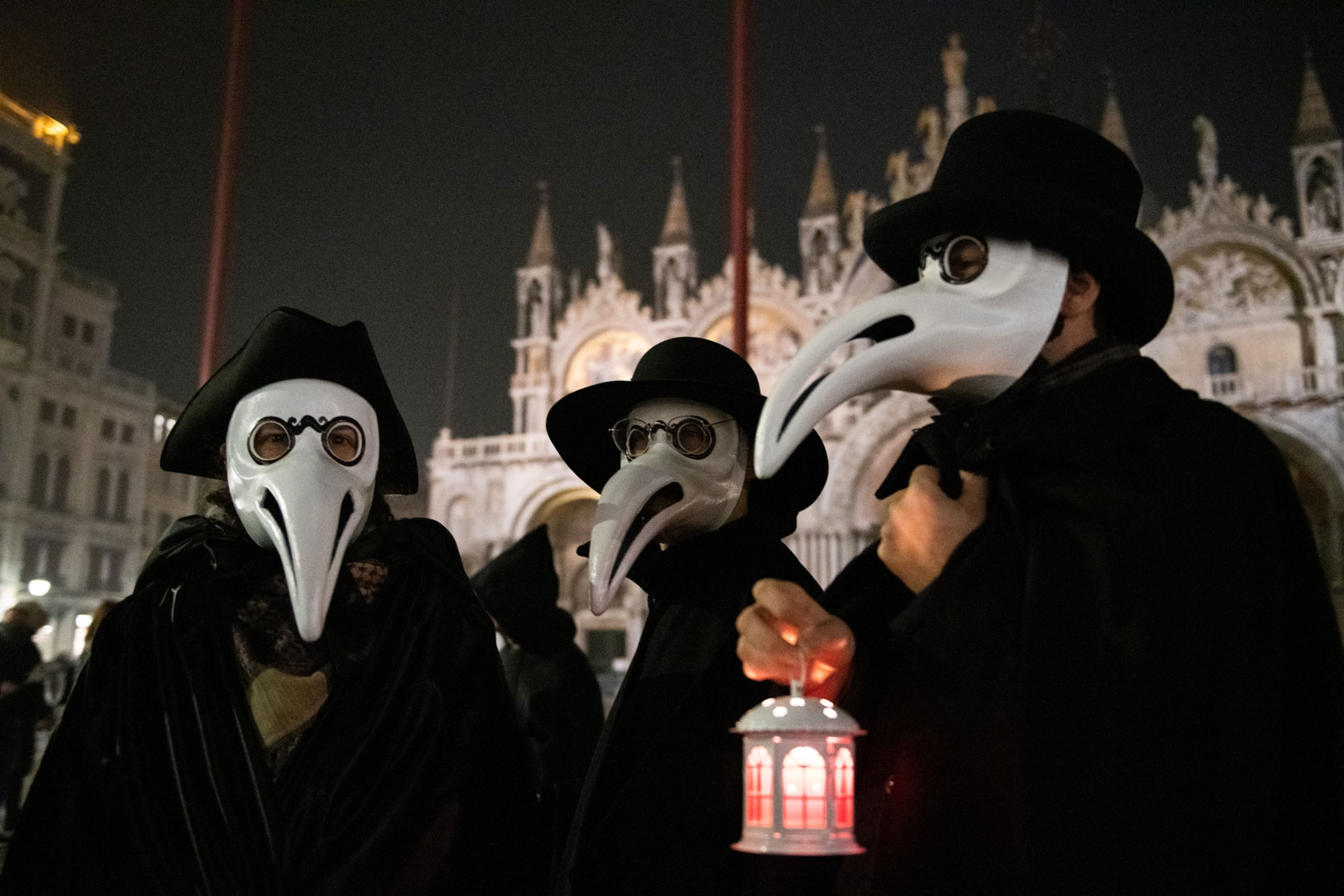 Charles de Lorme
Charles de Lorme
The eerie visage of the plague doctor, distinguished by their long-beaked mask, remains one of history’s most chilling and recognizable symbols of disease and death. This unsettling figure, often referred to as the Black Death Doctor Mask wearer, wasn’t merely a grim reaper of sorts; they were medical practitioners attempting to combat the devastating epidemics that swept through Europe, most notably the bubonic plague. While the “black death doctor mask” itself is a misnomer as the mask’s association is broader than just the Black Death, the image is inextricably linked to plague outbreaks and medieval attempts to understand and treat them.
The Genesis of the Plague Doctor’s Garb and Iconic Mask
The distinctive costume, including what is popularly known as the “black death doctor mask,” is largely attributed to Charles de Lorme, a 17th-century physician of considerable repute. Serving numerous European royal families, including King Louis XIII, de Lorme conceptualized a protective suit intended to shield doctors from the perceived dangers of the plague. His described attire was meticulously designed: a wax-coated coat for impermeability, breeches tucked into boots, a concealing shirt, and goat leather gloves and hat. Adding to this already peculiar ensemble was a rod, used not for occult purposes, but for the practical need to examine or keep away infected patients without direct contact.
However, it was the headgear that truly captured the imagination and cemented the “black death doctor mask” into historical iconography. De Lorme detailed spectacles and, most notably, a mask featuring a beak “half a foot long.” This wasn’t a mere stylistic choice. The beak was designed to be filled with perfumes and aromatic herbs, with only small nostril holes to allow breathing while supposedly filtering out harmful air through the infused scents.
Miasma Theory and the Beaked “Black Death Doctor Mask”
The peculiar design of the “black death doctor mask” and the full-body costume wasn’t born from arbitrary fashion. It was deeply rooted in the prevailing medical understanding of the time – the miasma theory. Before the groundbreaking germ theory revolutionized medicine, it was widely believed that diseases, including the plague, spread through “miasma” – noxious air or “poisoned air.” This miasma was thought to disrupt the body’s humoral balance, leading to illness. Consequently, fragrant substances were considered potent countermeasures, capable of purifying infected environments and offering protection to those exposed.
 three people wearing plague doctor masks
three people wearing plague doctor masks
Plague doctors diligently stuffed the beaks of their masks, the now-iconic “black death doctor mask,” with “theriac,” a complex concoction of over 55 ingredients. This elaborate remedy included herbs like cinnamon and myrrh, alongside more unusual components such as viper flesh powder and honey. De Lorme theorized that the beak’s elongated shape would provide ample time for inhaled air to be purified by the protective herbs before reaching the doctor’s respiratory system. The “black death doctor mask,” therefore, was less a symbol of dread and more a cumbersome, albeit ineffective, attempt at personal protective equipment based on the scientific understanding of the era.
From Practical Outfit to Cultural Icon: The “Black Death Doctor Mask” Legacy
While plague doctors across Europe adopted variations of this protective gear, the “black death doctor mask” costume achieved particular prominence in Italy. In Venice, the plague doctor became a stock character in the Commedia dell’arte and a striking figure in Carnival celebrations. The image of the “black death doctor mask” was so deeply ingrained in the cultural consciousness that it persists even today as a popular costume choice during Venetian Carnival and beyond.
The “black death doctor mask,” though conceived in a time of medical misunderstanding, continues to fascinate and unnerve. It serves as a potent reminder of humanity’s historical struggles against devastating diseases, the evolution of medical thought, and the enduring power of symbols born from moments of crisis. The haunting silhouette of the “black death doctor mask” stands as a testament to both the fear of pandemics and the ingenuity of those who sought to confront them, however misguided their methods may appear through the lens of modern science.


